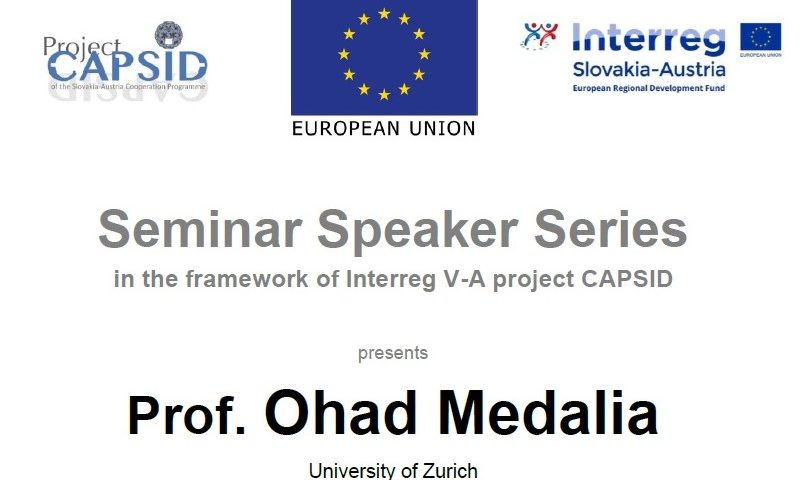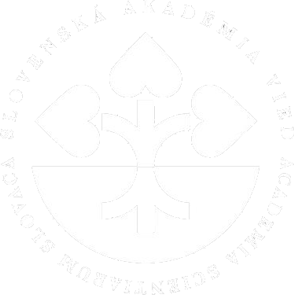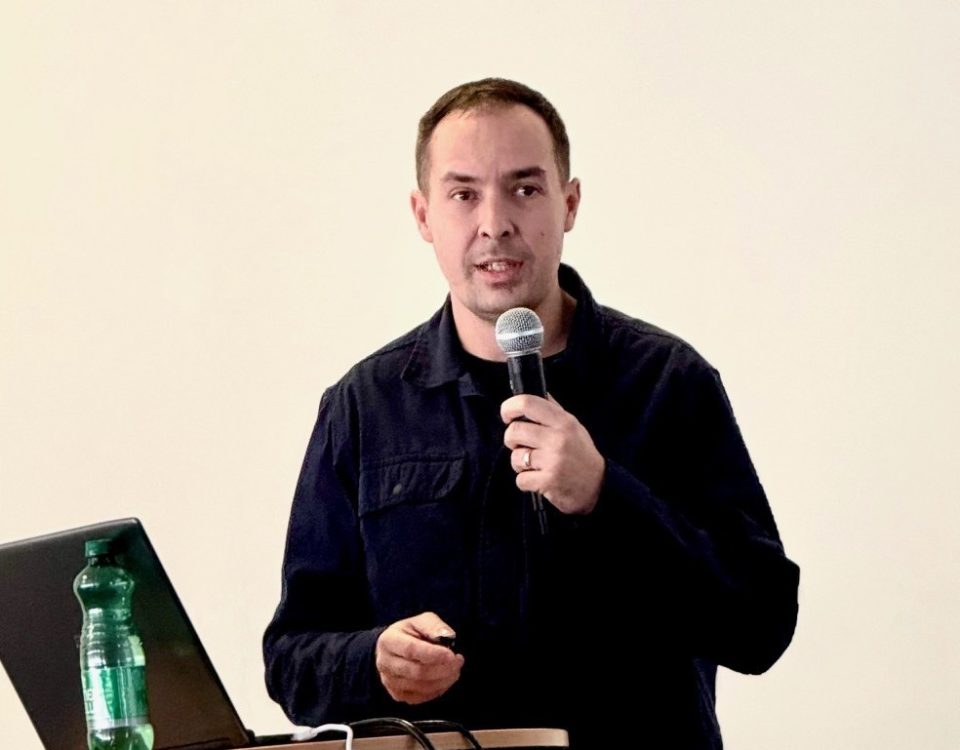This website uses cookies so that we can provide you with the best user experience possible. Cookie information is stored in your browser and performs functions such as recognising you when you return to our website and helping our team to understand which sections of the website you find most interesting and useful.
Seminar Speaker Series – Prof. Ohad Medalia (25. 06. 2020)

Lecture by prof. Medalia from the University of Zurich, entitled “How can thin filaments protect a nucleus? The structure and function of lamins.” from the CAPSID Seminar Speaker Series, will take place on 25 June 2020 at 2 p.m. via online broadcasting via the ZOOM application.
ANNOTATION:
RESEARCH GROUP FOCUS / Structural Studies of Eukaryotic Cells and Organelles
The overall aim of our work is to understand the cellular remodeling of bio-macromolecules and structure-function relations of large protein machines during cellular processes, using three-dimensional (3D) microscopy approaches. Projects range from the development of molecular markers design to direct imaging of individual protein complexes and cytoskeleton organization to the retrieval of structures of large macromolecular complexes in situ, using 3D averaging of sub-tomograms from eukaryotic cells. Visualization of the 3D organization of a eukaryotic cell, with its dynamic organelles, cytoskeletal structures, and distinct protein complexes in their native context, requires a non-invasive imaging technique of high resolution, combined with a method for arresting cellular elements in their momentary functional states. Electron tomography (ET) offers unique potential for 3-D visualization of large pleiomorphic structures. By this technique the 3-D structure of an object is retrieved from a set of 2-D electron micrographs taken at different directions. More precisely, a tilt series is back-projected to generate a virtual structure within the original volume of the specimen. Though we employ a variety of microscopy techniques and biophysical approaches in our research, our major expertise is the applications of cryo-ET to study mammalian cells and organelles.
More information about lecture and registration on the project web site: https://capsid.vbcf.ac.at/events/
ANNOTATION and SUBMISSION DATA OF THE LECTURE (pdf)
Funding programme of the CAPSID project: Interreg V-A Slovakia-Austria
Organisators:








